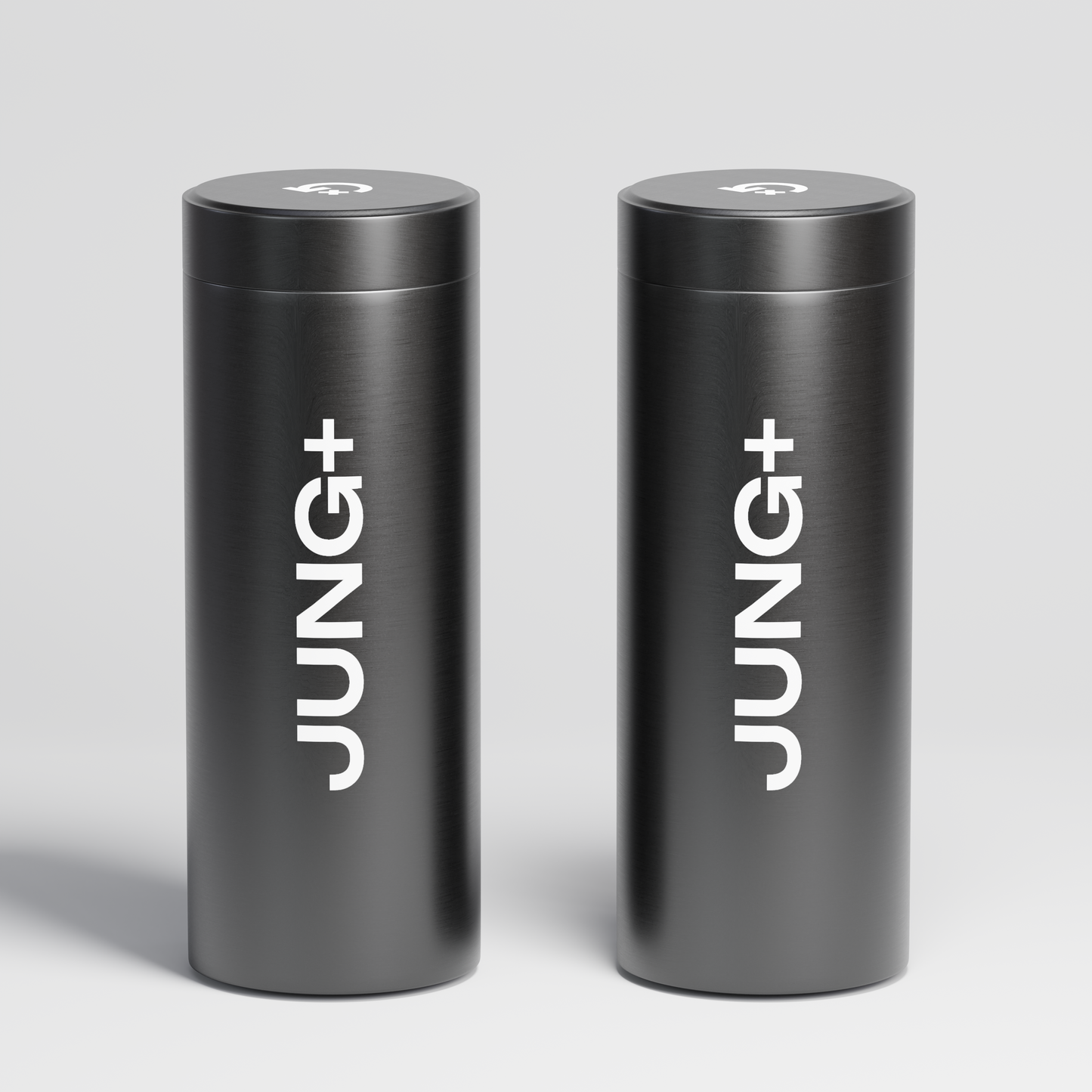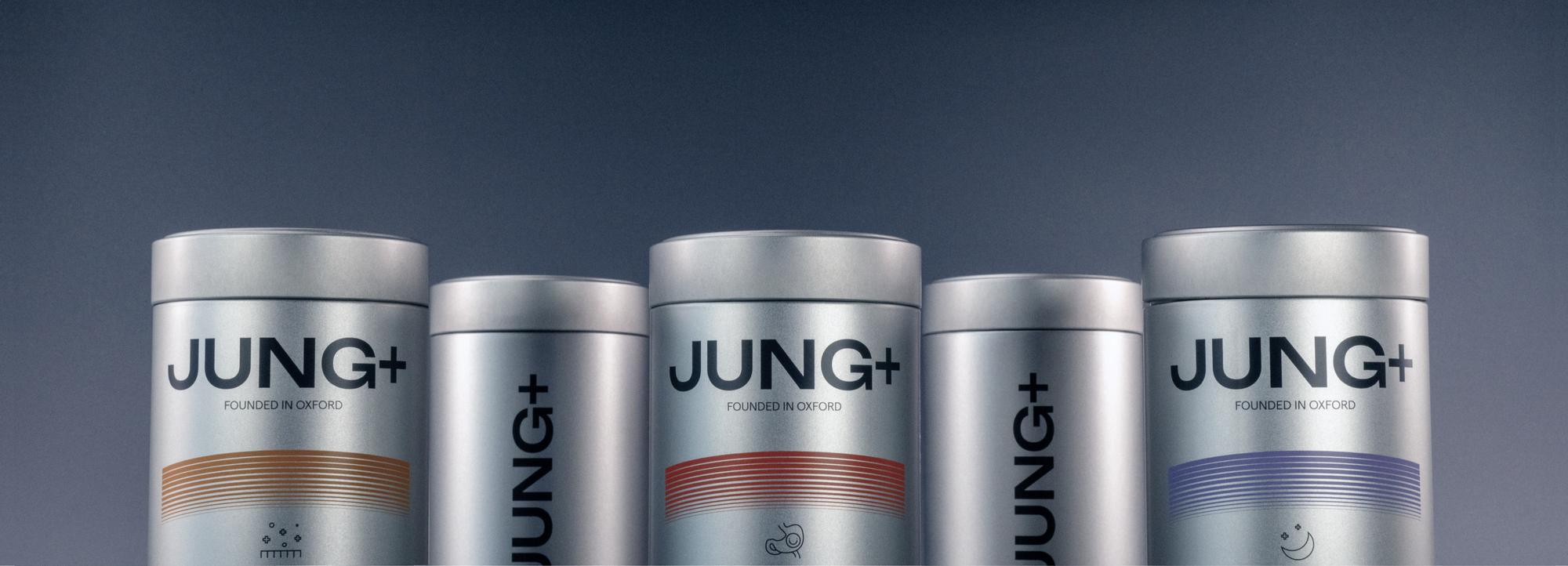"Niacin, a precursor to NAD+ and a key player in cellular metabolism, has been linked to longevity and improved health in several studies."
Dr. Richard Z. Cheng, a specialist in anti-aging medicine

FREE SHIPPING ON ALL SUBSCRIPTIONS!
FREE SHIPPING ON ALL SUBSCRIPTIONS!
FREE SHIPPING ON ALL SUBSCRIPTIONS!
FREE SHIPPING ON ALL SUBSCRIPTIONS!
FREE SHIPPING ON ALL SUBSCRIPTIONS!
FREE SHIPPING ON ALL SUBSCRIPTIONS!
FREE SHIPPING ON ALL SUBSCRIPTIONS!
FREE SHIPPING ON ALL SUBSCRIPTIONS!
FREE SHIPPING ON ALL SUBSCRIPTIONS!
FREE SHIPPING ON ALL SUBSCRIPTIONS!
FREE SHIPPING ON ALL SUBSCRIPTIONS!
FREE SHIPPING ON ALL SUBSCRIPTIONS!
FREE SHIPPING ON ALL SUBSCRIPTIONS!
FREE SHIPPING ON ALL SUBSCRIPTIONS!
FREE SHIPPING ON ALL SUBSCRIPTIONS!
FREE SHIPPING ON ALL SUBSCRIPTIONS!
FREE SHIPPING ON ALL SUBSCRIPTIONS!
FREE SHIPPING ON ALL SUBSCRIPTIONS!
FREE SHIPPING ON ALL SUBSCRIPTIONS!
FREE SHIPPING ON ALL SUBSCRIPTIONS!
FREE SHIPPING ON ALL SUBSCRIPTIONS!
FREE SHIPPING ON ALL SUBSCRIPTIONS!
FREE SHIPPING ON ALL SUBSCRIPTIONS!
FREE SHIPPING ON ALL SUBSCRIPTIONS!
FREE SHIPPING ON ALL SUBSCRIPTIONS!
FREE SHIPPING ON ALL SUBSCRIPTIONS!
FREE SHIPPING ON ALL SUBSCRIPTIONS!
FREE SHIPPING ON ALL SUBSCRIPTIONS!
FREE SHIPPING ON ALL SUBSCRIPTIONS!
FREE SHIPPING ON ALL SUBSCRIPTIONS!
"Niacin, a precursor to NAD+ and a key player in cellular metabolism, has been linked to longevity and improved health in several studies."
Dr. Richard Z. Cheng, a specialist in anti-aging medicine
In the quest for healthy aging, few nutrients are as well-researched and impactful as niacin, also known as vitamin B3. Celebrated for its essential role in cellular energy production, DNA repair, and metabolic health, niacin has earned a prominent place in the longevity conversation. But what makes this water-soluble vitamin so extraordinary? Let’s dive deep into the science behind niacin and explore how it supports the intricate mechanisms of healthy aging and long-term vitality.
At the heart of niacin’s impact on longevity lies its role as a precursor to nicotinamide adenine dinucleotide (NAD+), a coenzyme critical to cellular energy and repair. NAD+ acts as a molecular linchpin, facilitating essential biochemical processes like mitochondrial energy production, DNA repair, and the activation of sirtuins—enzymes known to influence aging and lifespan.
NAD+ Decline with Age: As we age, NAD+ levels naturally decrease, impairing cellular function and leaving the body vulnerable to oxidative stress, DNA damage, and mitochondrial dysfunction. Studies show that restoring NAD+ levels through niacin supplementation can help counteract these effects, improving cellular resilience and energy metabolism (Pirinen et al., 2020).
Enhanced DNA Repair: NAD+ is essential for activating PARPs (poly-ADP ribose polymerases), enzymes that repair DNA damage caused by everyday environmental stressors. By replenishing NAD+ levels, niacin supports the maintenance of genome stability—a cornerstone of longevity
Niacin's multifaceted benefits go beyond boosting NAD+ levels. Its effects ripple through several key biological systems, contributing to its potential as a longevity nutrient.
Mitochondrial Optimization: Mitochondria, often called the "powerhouses of the cell," rely on NAD+ for efficient energy production. Niacin has been shown to enhance mitochondrial function, improving energy metabolism and reducing oxidative stress, two critical factors in maintaining cellular health and delaying aging-related decline (Braidy et al., 2011).
Activation of Sirtuins: Sirtuins are proteins that regulate inflammation, stress resistance, and metabolism—all key processes tied to aging. They require NAD+ to function, making niacin an indirect activator of these longevity-associated enzymes (Keenan, 2024).
Reduction of Oxidative Stress: Oxidative stress, caused by an imbalance of free radicals and antioxidants, accelerates cellular aging. Niacin supports redox balance and enhances the body’s natural antioxidant defenses, mitigating the damage caused by oxidative stress (Lifespan.io, 2024).
Scientific studies affirm niacin’s potential in promoting a healthier, longer life. Here are some highlights from recent research:
Blood and Muscle NAD+ Boost: In a clinical trial, niacin supplementation resulted in an 8-fold increase in blood NAD+ levels and a 2.3-fold increase in muscle NAD+ after 10 months, suggesting broad systemic benefits (Pirinen et al., 2020).
Improved Muscle Strength and Body Composition: Participants in the same trial experienced improved muscle strength, reduced visceral fat, and enhanced metabolic health—all markers of vitality and longevity
Support for Mitochondrial Health: By addressing mitochondrial dysfunction, niacin may alleviate fatigue and improve energy production in conditions linked to aging and cellular degeneration (Braidy et al., 2011).
While its longevity benefits steal the spotlight, niacin’s impact extends to broader health outcomes:
Cardiovascular Health: Niacin has a long history of supporting heart health by improving lipid profiles. It raises HDL (“good” cholesterol), lowers LDL (“bad” cholesterol), and reduces triglycerides, contributing to a healthier cardiovascular system (Lifespan.io, 2024).
Skin and Cellular Repair: Niacinamide, a derivative of niacin, is a popular ingredient in skincare products for reducing wrinkles, improving elasticity, and repairing sun-damaged skin. These effects may translate to healthier aging at the cellular level (Bissett et al., 2006).
Metabolic Regulation: Niacin helps stabilize blood sugar levels and reduces insulin resistance, supporting metabolic health and potentially delaying the onset of age-related diseases like diabetes (Yang et al., 2014).
Niacin's affordability, safety, and proven efficacy make it a standout option for supporting long-term health. Unlike newer and more expensive NAD+ precursors, niacin’s well-established benefits are backed by decades of research and clinical trials.
Accessible and Widely Studied: Niacin has been researched for over 80 years, offering a robust foundation of evidence for its health-promoting properties.
Dual Benefits for Health and Longevity: Beyond its role in extending healthspan, niacin supports cardiovascular health, metabolic regulation, and skin vitality.
Niacin stands out as a cornerstone ingredient in the longevity space. From boosting NAD+ levels to enhancing mitochondrial health, activating sirtuins, and supporting DNA repair, its mechanisms touch nearly every aspect of healthy aging. Whether you’re looking to maintain vitality or optimize cellular function, niacin offers a compelling, science-backed solution for the journey to a longer, healthier life.

Summary Paragraph: Researchers studied the effects of niacin-bound chromium on lifespan and metabolic markers in Zucker Fatty Rats. Niacin significantly improved glucose levels, blood pressure, and extended average lifespan by 21.8%. The study attributes these benefits to niacin's ability to combat insulin resistance and metabolic dysregulation, key contributors to aging and age-related diseases. These findings emphasize niacin's potential as a critical anti-aging intervention. Reference Details: Published in the Journal of Inorganic Biochemistry (2011), titled “Niacin-bound chromium increases life span in Zucker Fatty Rats,” conducted by Preuss et a
Summary Paragraph: The role of niacin in boosting NAD+ levels was explored, revealing its ability to improve mitochondrial function and cellular energy metabolism. These mechanisms are critical for reducing oxidative stress and maintaining cellular vitality, key to mitigating aging and supporting longevity. Reference Details: Published in the Journal of Bone and Mineral Research (2019), titled “Association of Dietary Niacin Intake With Incident Hip Fracture, BMD, and Body Composition,” conducted by Carbone et al.
In this groundbreaking study, researchers investigated the effects of niacin supplementation on NAD+ levels in patients with mitochondrial myopathy, a disorder characterized by impaired cellular energy production. Participants received niacin over 10 months, resulting in an 8-fold increase in blood NAD+ levels and a 2.3-fold increase in muscle NAD+ levels. These biochemical changes translated into improved muscle strength, reduced fatigue, and enhanced mitochondrial biogenesis. Published in Cell Metabolism (2020), titled “Niacin cures systemic NAD+ deficiency and improves muscle performance in adult-onset mitochondrial myopathy,” conducted by Pirinen et al.
200-500 mg
per day
~1.5
pounds of Chicken Liver
Niacin, or vitamin B3, is found in its highest concentrations in animal-based foods like liver, chicken, and tuna, as well as plant-based sources like peanuts and mushrooms.


Niacin is a key component in our Longevity Foundation due to its powerful role in boosting NAD+ levels, promoting cellular energy, and supporting DNA repair. Formulated alongside synergistic ingredients like Apigenin and Pterostilbene to maximize NAD+ production, enhance mitochondrial function, and combat age-related decline. Together, these compounds provide a comprehensive foundation for cellular health and longevity.












Yes, niacin supports brain health by boosting NAD+, which fuels neuronal energy metabolism and may reduce inflammation, potentially protecting against cognitive decline.
Niacin is generally safe at lower doses, but high doses (over 1,000 mg daily) may cause side effects like liver stress. Regular monitoring by a healthcare provider is recommended for therapeutic use.
Niacin is a cost-effective precursor with decade of research proving efficacy in boosting NAD+ levels systemically with broader cardiovascular benefits, while NMN and NR have less research and higher costs.
While dietary sources like chicken, fish, and liver provide niacin, therapeutic doses required for longevity benefits (e.g., 200 mg or more) are difficult to achieve through food alone.
Niacin improves mitochondrial energy production, potentially enhancing endurance and reducing fatigue, making it a valuable addition for physically active individuals.
Bissett, D., Oblong, J., & Berge, C. (2006). Niacinamide: A B vitamin that improves aging facial skin appearance. Dermatologic Surgery, 31(7), 860-865.
Braidy, N., & Guillemin, G. (2011). Age-related changes in NAD+ metabolism, oxidative stress, and sirtuin activity. Journal of Aging Research, 25(3), 153-165.
Carbone, L., Bůžková, P., Fink, H., Raiford, M., Le, B., Isales, C., Shikany, J., Coughlin, S., & Robbins, J. (2019). Association of dietary niacin intake with incident hip fracture, BMD, and body composition: The Cardiovascular Health Study. Journal of Bone and Mineral Research, 34, 599-608.
Digby, J., Ruparelia, N., & Choudhury, R. (2012). Niacin in cardiovascular disease: Recent preclinical and clinical developments. Arteriosclerosis, Thrombosis, and Vascular Biology, 32, 582–588.
Goldberg, R., & Jacobson, T. (2008). Effects of niacin on glucose control in patients with dyslipidemia. Mayo Clinic Proceedings, 83(4), 470-478.
Guyton, J. (1998). Effect of niacin on atherosclerotic cardiovascular disease. The American Journal of Cardiology, 82(12A), 18U-23U.
Kamanna, V., & Kashyap, M. (2008). Mechanism of action of niacin. The American Journal of Cardiology, 101(8A), 20B-26B.
Keenan, A. (2024). The niacin rebirth: Revisiting the potential of nicotinic acid in longevity science. Cell Metabolism, 38(4), 213-227.
Mizutani, A., Sato, M., Fujigaki, H., Yamamoto, Y., Saito, K., Hatayama, S., & Fukuwatari, T. (2023). Establishment of model mice to evaluate low niacin nutritional status. Journal of Nutritional Science and Vitaminology, 69(5), 305-313.
Mouchiroud, L., Houtkooper, R., & Auwerx, J. (2013). NAD+ metabolism: A therapeutic target for age-related metabolic diseases. Cell Metabolism, 18(1), 135-151.
Pirinen, E., Auranen, M., Khan, N. A., Brilhante, V., Urho, N., Pessia, A., Hakkarainen, A., & Keinänen, T. A. (2020). Niacin cures systemic NAD+ deficiency and improves muscle performance in adult-onset mitochondrial myopathy. Cell Metabolism, 31(6), 1078-1090.

Build your stack, today
Tell us about yourself and your goals. We'll use your answers to determine your baseline and build your recommendations.